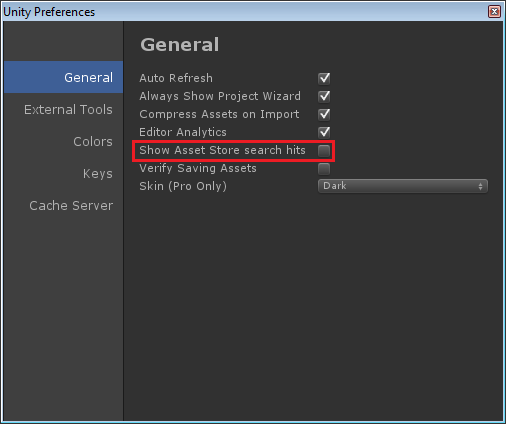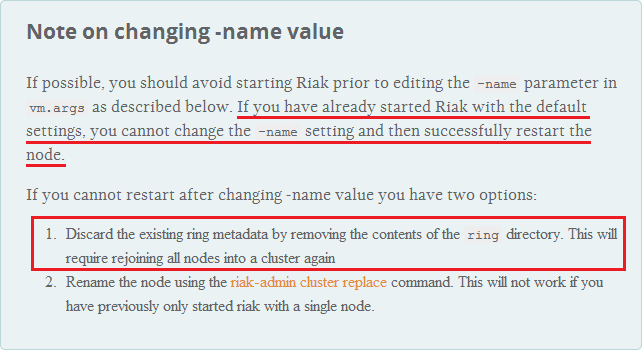I therefore integrated a separate plugin called FancyBox that handles modal functionality beautifully.
To do this, I first did a minor change to jquery.galleryview.js, where I added the following underneath var img = $('<img />');:
img.attr('class', 'clickable');
img.attr('alt', gvImage.attrs.title);
This is so that I can access the images in the GalleryView image gallery whenever an image is clicked, and I reference them with a class clickable. I also fetch the description of the image and store it in the alt tag.
Then I simply hook to those images and open fancy box with the current image that's displayed on the slideshow:
$('.clickable').live('click', function(e){
var img = $(this);
var imgSrc = img.attr('src');
var imgDesc = img.attr('alt');
$.fancybox.open([ { href : imgSrc, title : imgDesc } ], { padding : 0 });
});
And here's a demo.


